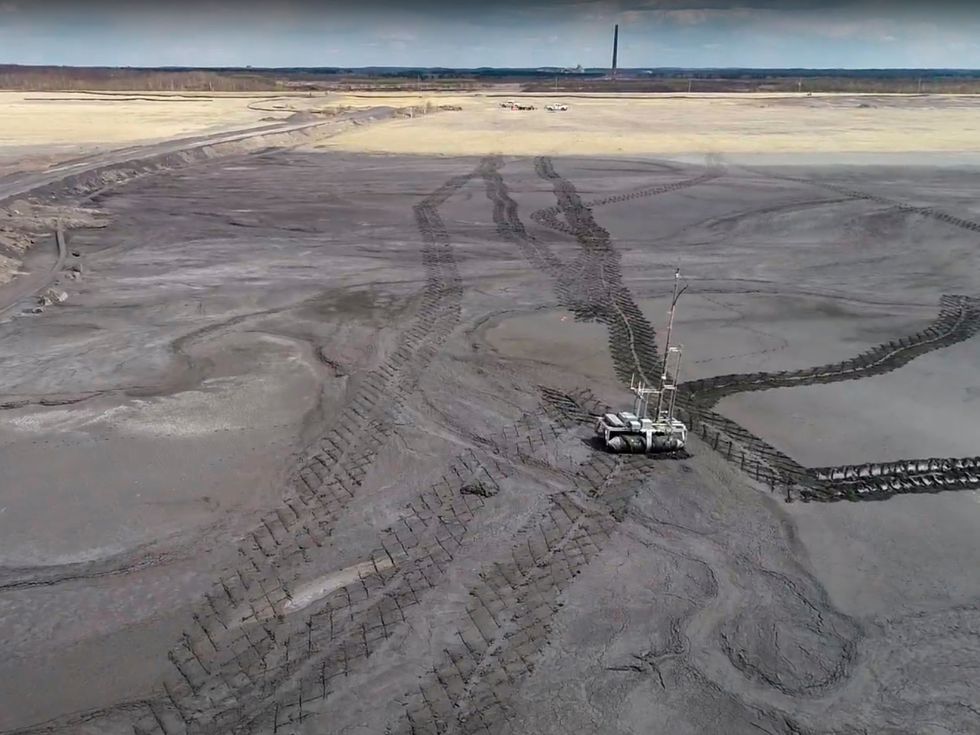A geotechnical site investigation is a geological survey that employs testing methods using both geotechnical equipment and onshore laboratory facilities. The common methods of acquiring data include soil sampling, CPT sampling, seismic, and ground penetrating radar methods. Most geotechnical investigations occur prior to construction projects to ensure ground stability and help the engineers design appropriate foundations. Another major use case is to monitor changes in the geology, or to evaluate failure chances of potential geological risk areas.
Companies are beginning to conduct regularly scheduled geotechnical investigations on tailings sites as a form of preventative maintenance. This will be critical for identifying high risk failure areas to prevent loss of life and destruction of the surrounding environment. Another valuable use case for geotechnical site investigations on tailings ponds is to identify the compaction of specific harmful tailings deposits. Understanding the deposit’s state will help the company know when it is ready to be reclaimed.
Historically, there have been serious logistical issues conducting Geotechnical site investigations on tailings ponds at mining sites. From general toxicity, to muddy terrain, these ponds can be very costly and time consuming to collect data and test on. Copperstone Tech’s HELIX technology offers a solution that can easily venture to these difficult and toxic locations, offering an automated and safe alternative using a variety of testing methods. The HELIX platform has been outfitted with a variety of tools, including: soil sampling, Cone Penetration Testing (CPT), Vane Shear Testing (VST), Ground penetrating Radar (GPR), ice drilling/coring, and bathymetry tools. The helix is also fitted to deliver IOT payloads which can be remotely dropped and operated over a long time period for condition monitoring. The biggest advantages of using the HELIX system for site investigations is its ability to seamlessly test in both muddy areas, open water, and stable land.
